Conservation associated with heritage promotion
80 years ago, the fiery atmosphere of the August Revolution spread throughout the imperial city of Hue . The red flag with a yellow star fluttered on the flagpole. On August 30, 1945, at Ngo Mon Gate, King Bao Dai officially abdicated in the presence of representatives of the Provisional Revolutionary Government, ending hundreds of years of autocratic monarchy.
Until now, places like Ngo Mon, Dai Noi, Ky Dai or mausoleums… are not only ancient architectural works but also historical witnesses, preserving national memories. Preserving these heritages for the future is both a responsibility and a challenge for the government and people here.
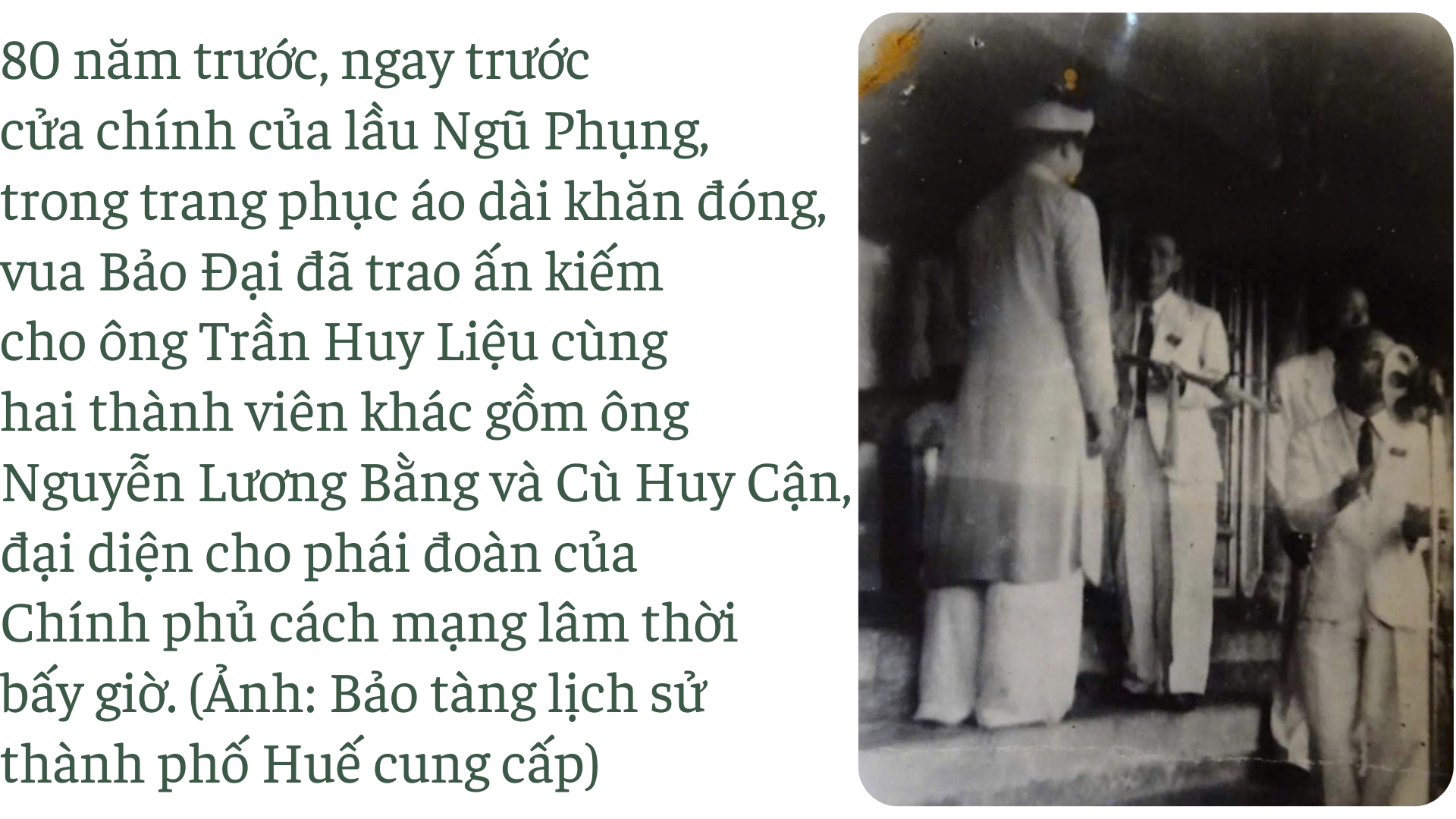
In recent years, the Hue Monuments Conservation Center has implemented a plan to preserve and promote heritage values until 2030, with a vision to 2050. In 2023, more than 204 billion VND was disbursed for many key projects such as: restoring Thai Hoa Palace, restoring Kien Trung Palace, preserving Nam Giao Altar, embellishing Hai Van Quan, illuminating the Imperial Citadel, renovating and restoring tombs and embellishing technical infrastructure and landscapes of the Gia Long Tomb relic complex...
Hue City has expanded international cooperation with the German Embassy and the German Association for the Preservation of Cultural Heritage on conservation, restoration, and education at Phung Tien Palace, Hue Imperial Citadel (Phase 4); implemented a collaborative program with the World Wide Fund for Nature (WWF) at Hue relics within the framework of the project "Hue - A Plastic-Free City in Central Vietnam"; and signed a cooperation agreement with the Institute of Urban and Regional Planning, Waseda University - Japan, to conduct research on the conservation of Hue's cultural heritage landscape, 2022-2023.
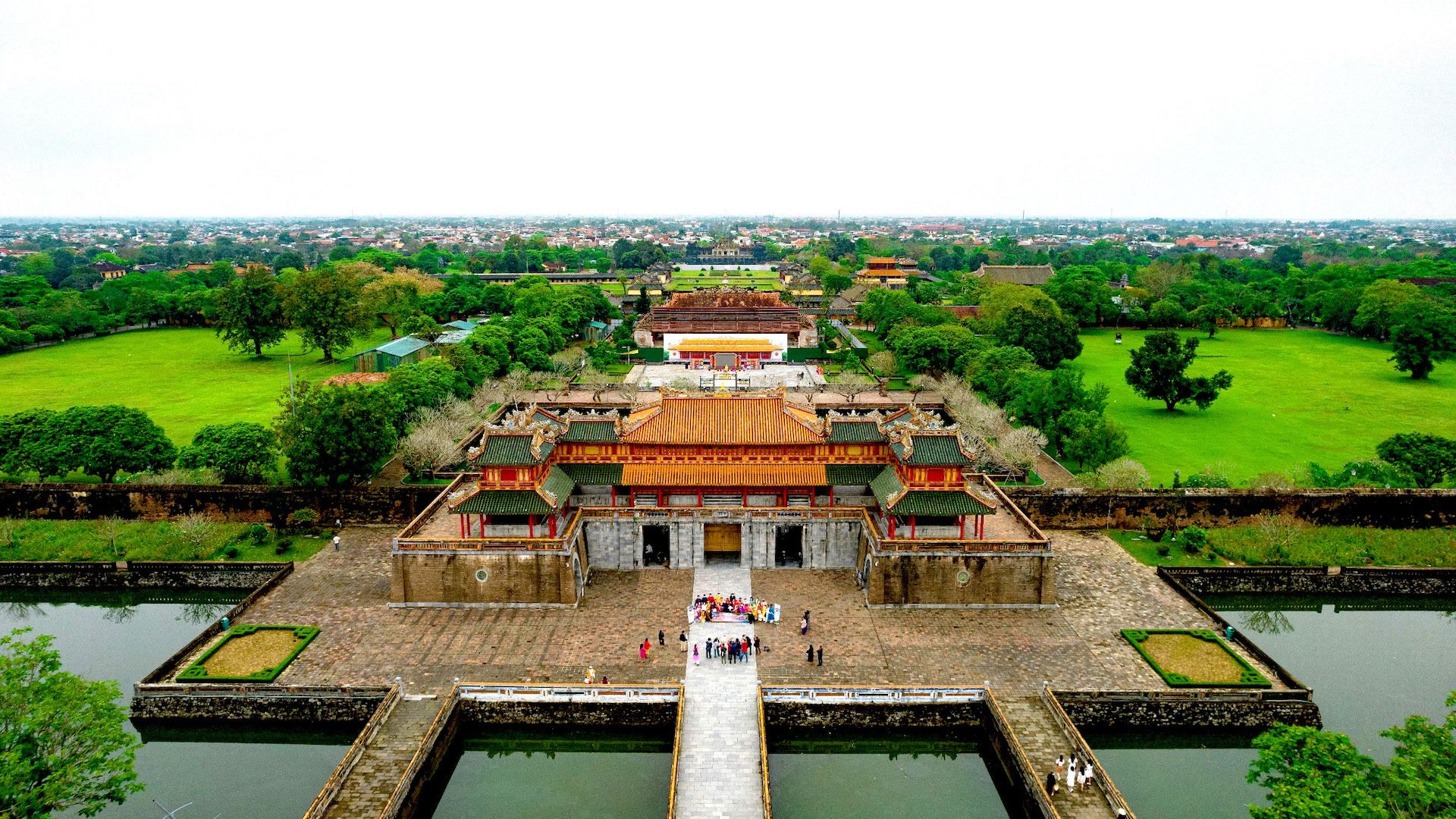
Seen from above, Hue Imperial City appears radiant and shining in the middle of the heritage city. Photo: LE HOANG
The Center has completed the archaeological excavation of Duc Hinh Tower (Thieu Tri King's tomb); completed the archaeological excavation of the Temple of Literature relic, and surveyed relics related to the Nguyen Dynasty in Hue city.
In addition, Hue city also promotes the modernization of heritage management and promotion. Since December 2022, at Ngo Mon - Dai Noi, the Hue Monuments Conservation Center has put into operation an electronic ticket system: visitors only need to scan the QR code to pay and enter the site. XR virtual reality technology is also integrated, bringing a more vivid, intimate and modern experience of exploring the Imperial City.
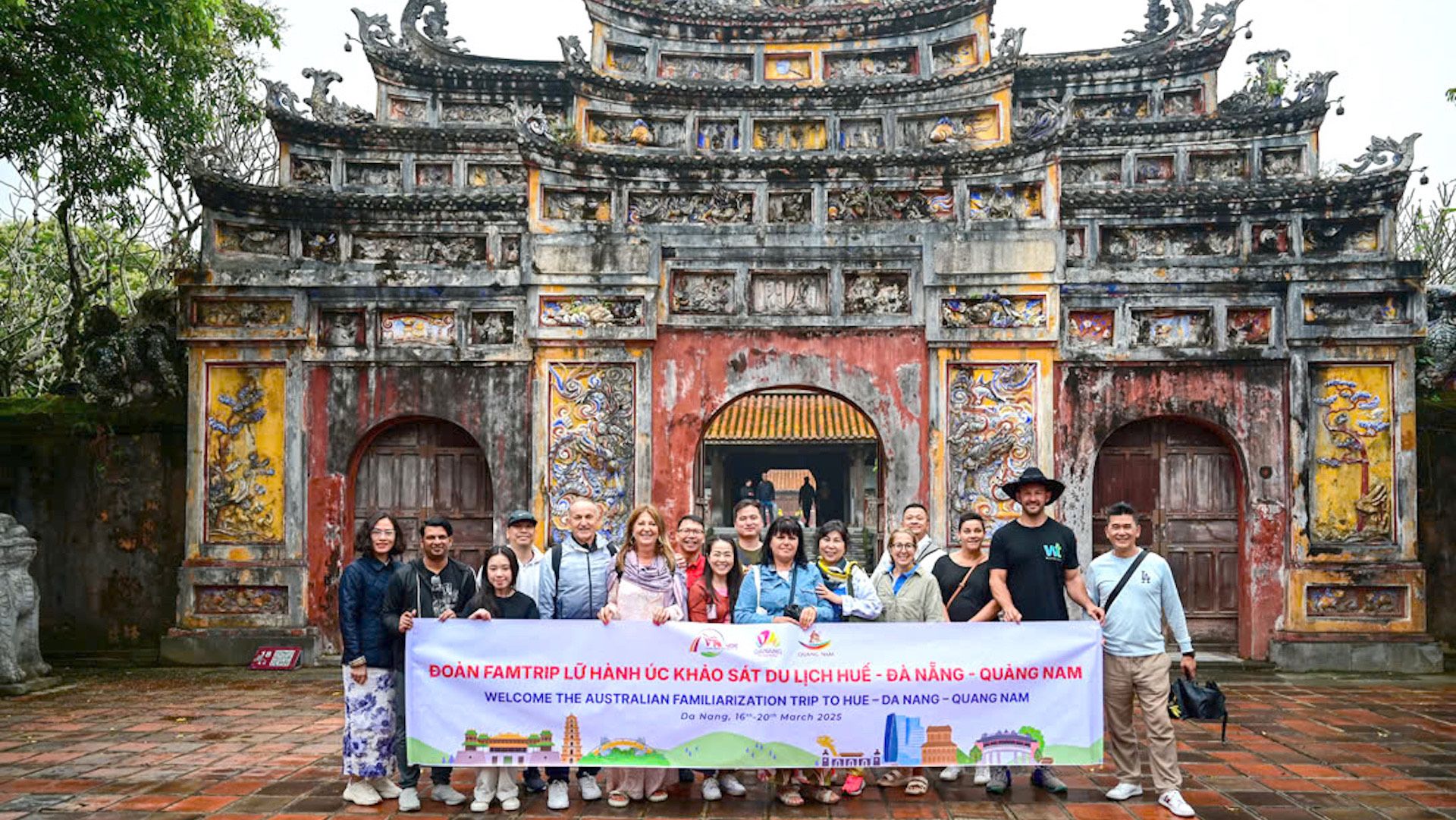
Tour groups surveying Hue tourism, exploring the city's vibrant heritage and culture. Photo: Hue City Department of Tourism.
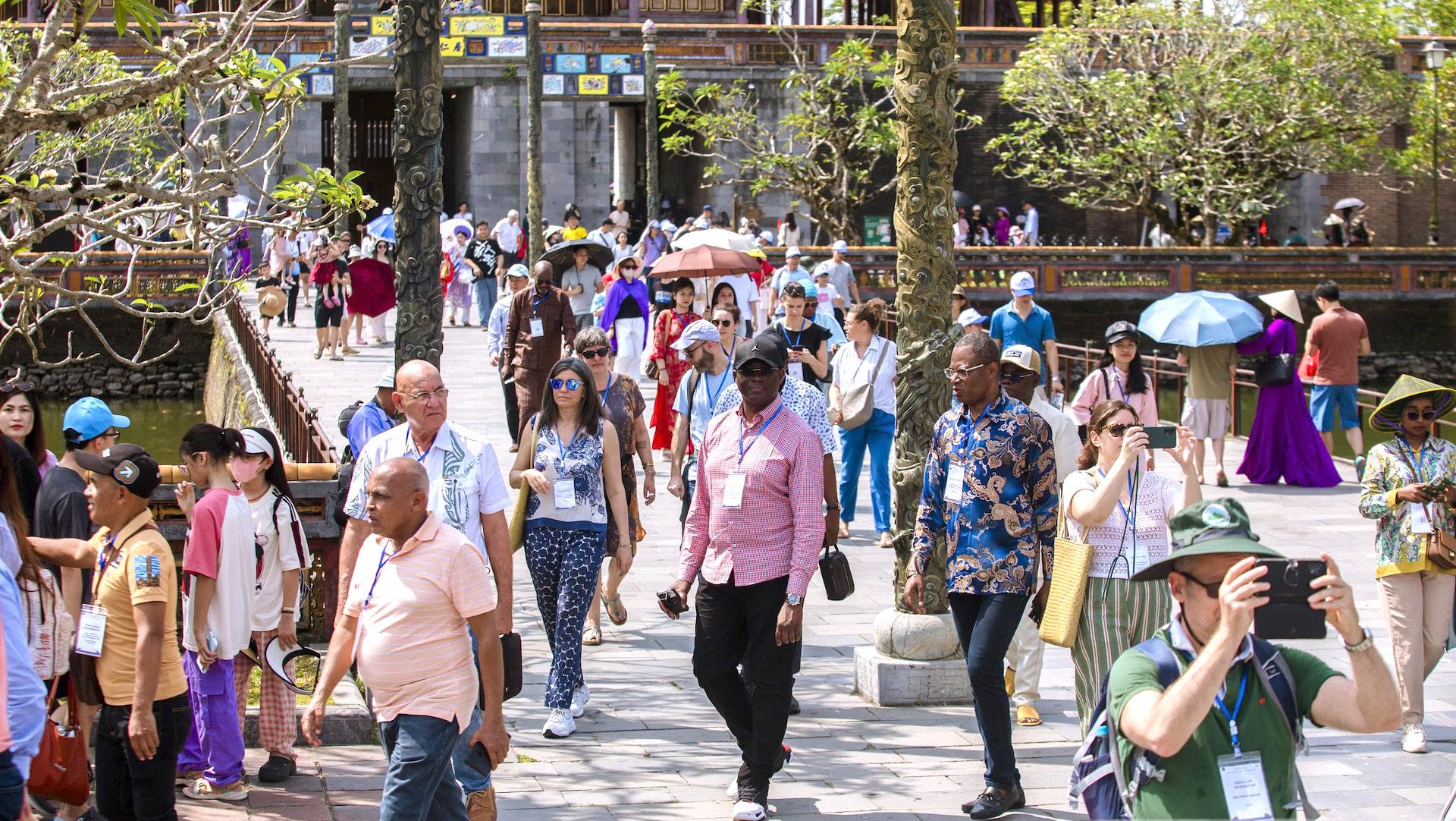
International tourists visit the Imperial City of Hue, a typical destination in the journey to explore the World Cultural Heritage in Vietnam. Photo: Hue Monuments Conservation Center
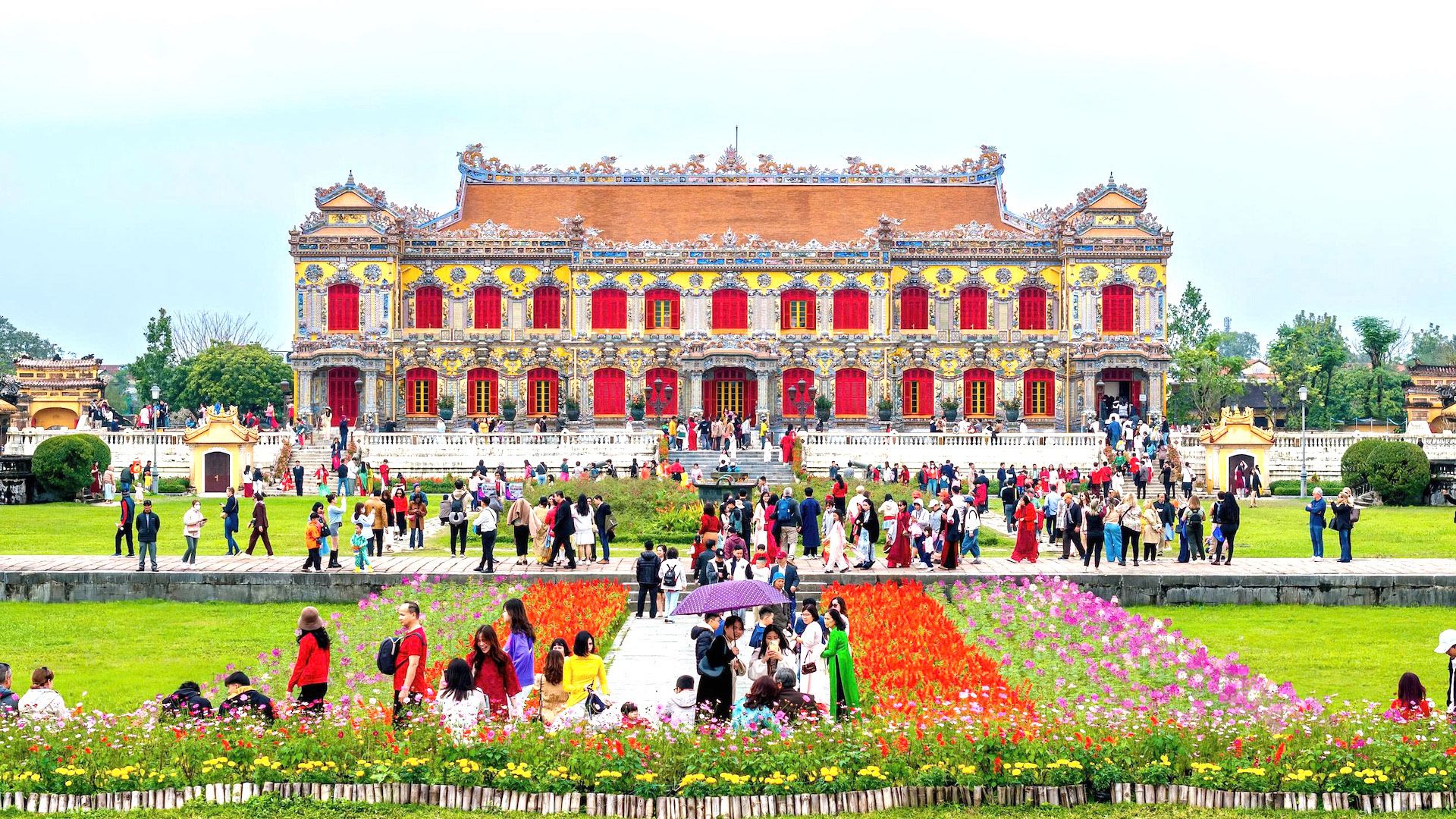
Tourists visit Kien Trung Palace - Hue Imperial City.
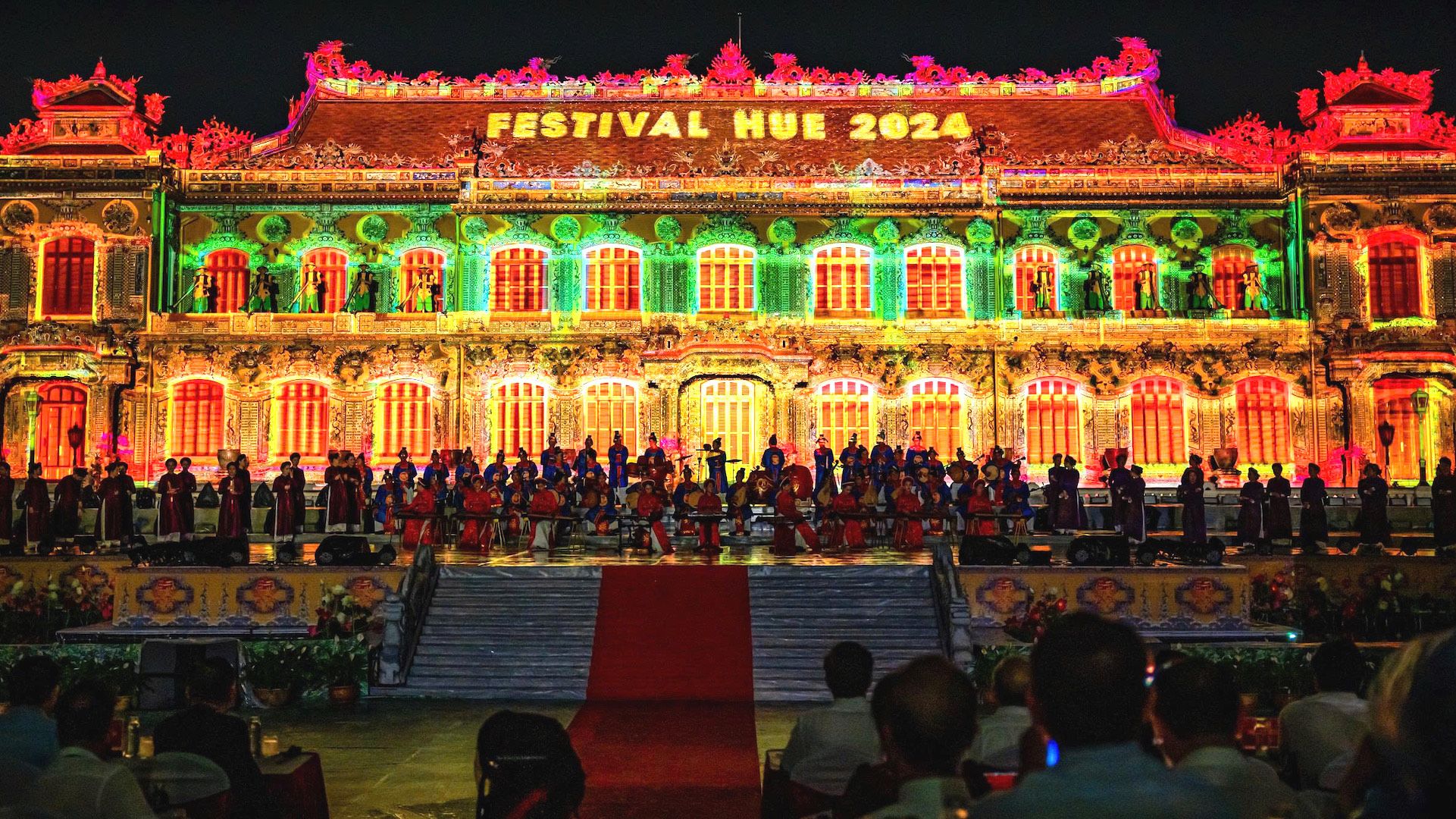
Hue Festival 2024 - A cultural festival blending the spirit of heritage with the spirit of modernity.
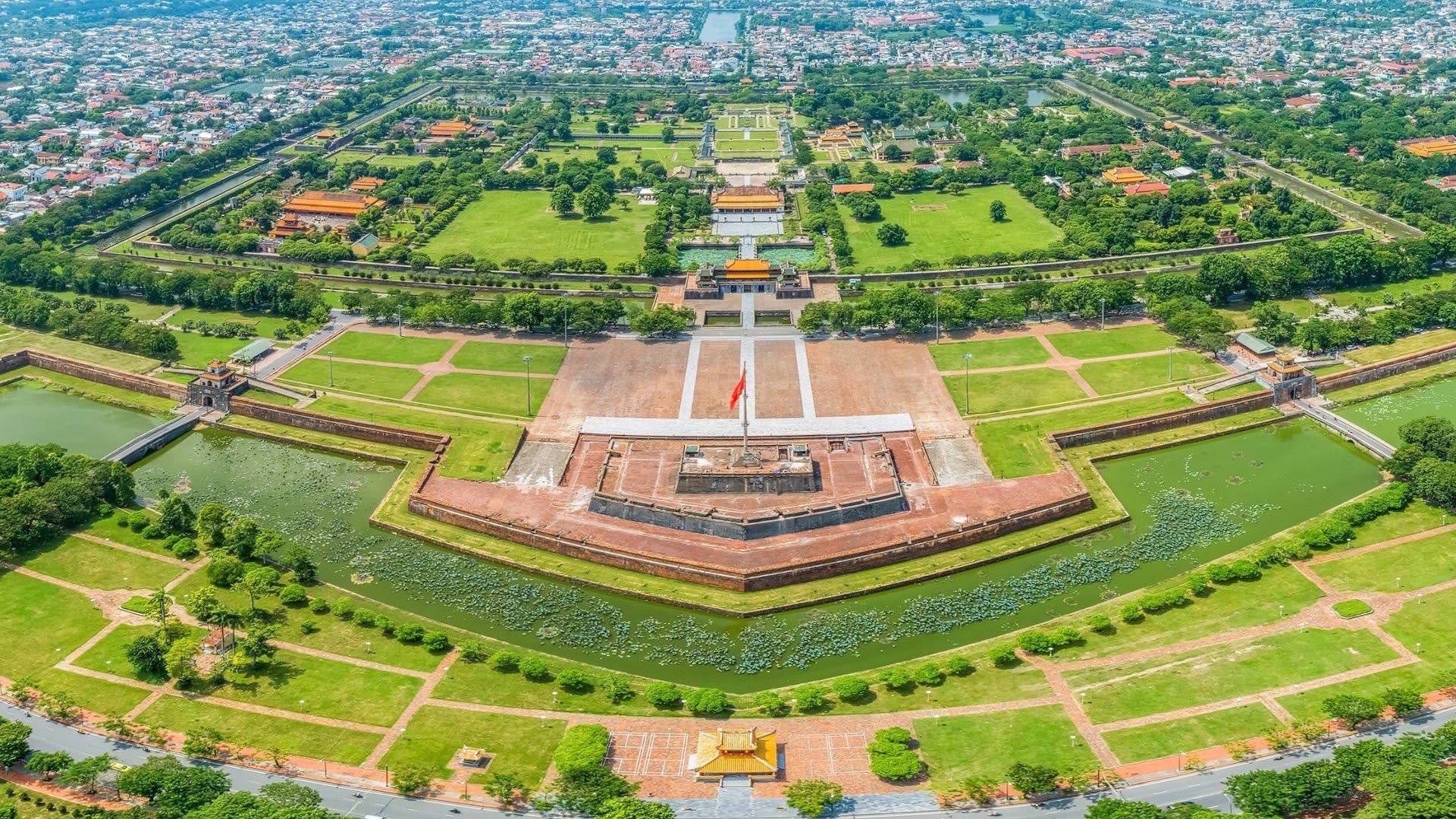
Expanded planning without losing identity
Hue is the first heritage city among the centrally-run cities, notable for its poetic natural landscapes such as the Perfume River, Ngu Mountain, Tam Giang Lagoon, ancient villages, garden houses, ancient pagodas and relic complexes interwoven in an ecological urban space with the highest density of trees in the country.
Architect, Vice Chairman of the People's Committee of Hue City Hoang Hai Minh said that the General Urban Planning of the old Thua Thien Hue until 2045, with a vision to 2065, identifies the main landscape axis as the Huong River, developing towards the sea, increasing the green land target to 9m²/person, clearly zoning heritage, cultural, administrative, service, and industrial centers. The city aims to develop low industrial density, maintain identity and ecology, and take Hue Festival and heritage tourism as its brand, according to Decision 1745/QD-TTg (December 30, 2023) of the Prime Minister and the Program for preserving and promoting Hue cultural heritage.
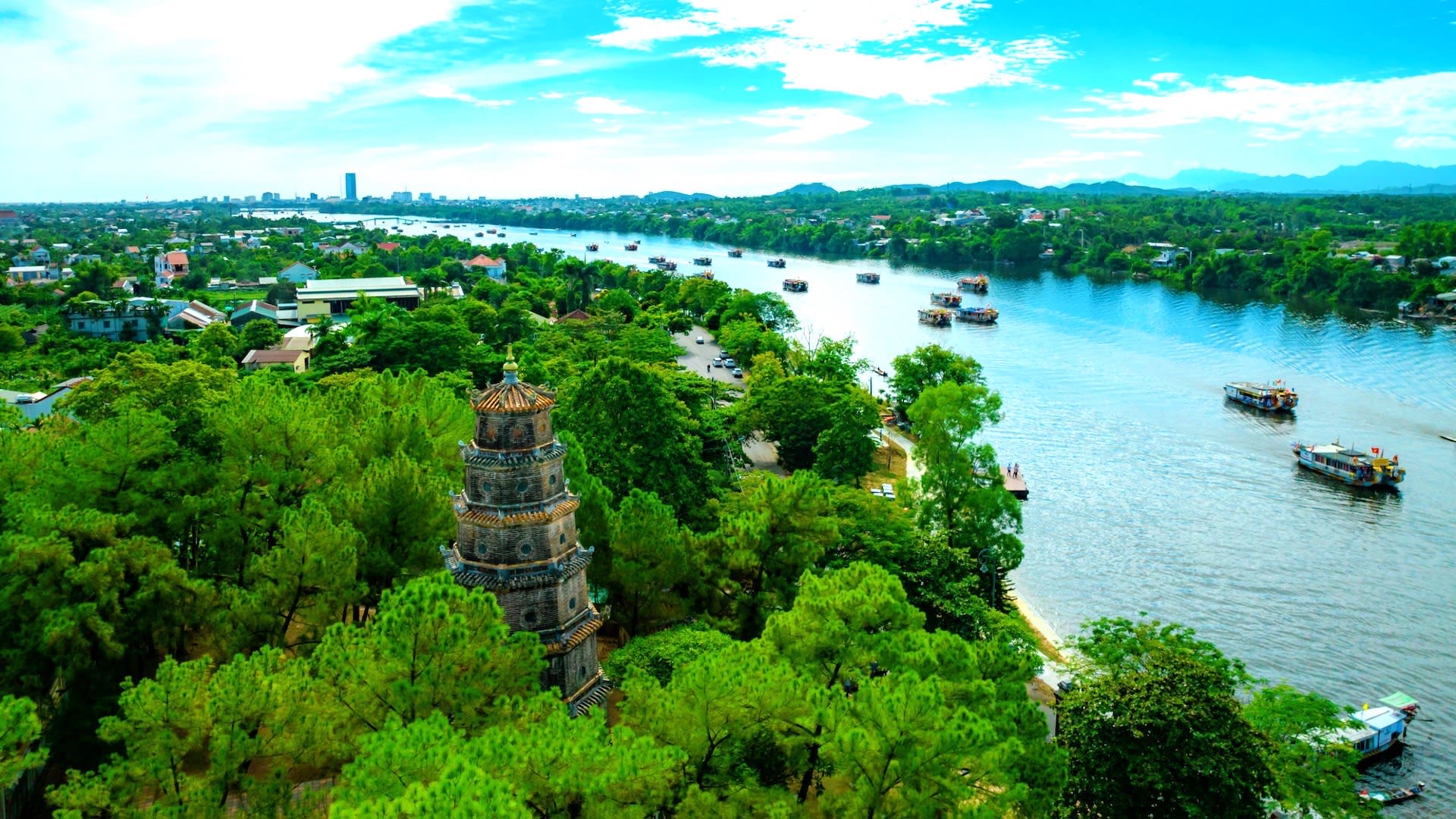
Perfume River seen from Thien Mu Pagoda - where you can see the Perfume River and Hue city, where heritage and modern life blend together. Photo: LE HOANG
Along with expansion planning, heritage conservation is a pillar of sustainable development. Architect Hoang Viet Trung, Director of the Hue Monuments Conservation Center, emphasized: conservation must be associated with materials, restoration techniques, the environment and human behavior; not only restoring the physical form but also focusing on the human factor. Artisans - "living treasures" need to be honored and trained so that heritage continues to exist in the hearts of today's and future generations.

Conservation must be linked to materials, restoration techniques, the environment and human behavior; not only restoring the physical form but also focusing on the human factor. Artisans - "living treasures" need to be honored and trained so that the heritage continues to exist in the hearts of today's and future generations.
Architect Hoang Viet Trung, Director of Hue Monuments Conservation Center
From that foundation, urban development policy aims at the harmony between heritage and modern culture. With a densely distributed system of relics, people living with heritage, Hue turns heritage into a part of contemporary life, creating competitiveness and positioning the urban brand. The Law on Cultural Heritage 2024 opens the legal basis to integrate conservation into the socio-economic development strategy.
The city is submitting to the Ministry of Culture, Sports and Tourism for appraisal and submitting to the Prime Minister for approval the Plan for preservation, restoration and rehabilitation of the Complex of Hue Monuments until 2030, with a vision to 2050, expected to be completed in the third quarter of 2025. Mr. Minh said that Hue has chosen a development path based on culture, heritage, ecology, humanity, in harmony with the regional economy and community consensus.
Reviving heritage, creating the future
From a conservation perspective, Mr. Hoang Viet Trung stated that, in the context of Hue's rapid urbanization, the biggest challenge is preserving its "old soul" amidst the pressure of new projects. Heritage not only needs to be preserved but also serves as a growth resource, both safeguarding the past and creating a foundation for sustainable development. The city aims for harmonious development, reducing population pressure in the inner city and minimizing the impact on historical sites and traditional landscapes.
The city aims for harmonious development, reducing population pressure on the inner city, and limiting impacts on traditional relics and landscapes.
Mr. Trung emphasized that conservation is not just about restoring the original state, but also about creating new vitality for heritage sites through integrating conservation planning into urban planning, building a "heritage city" model linked to sustainable development, digitizing heritage, applying technology to management, and increasing accessibility, communication, and community education, encouraging people to participate in preservation. "If we respect and selectively innovate, heritage will be vibrant and have a lasting impact. Hue can absolutely become more modern and dynamic while still maintaining its core identity," he affirmed.
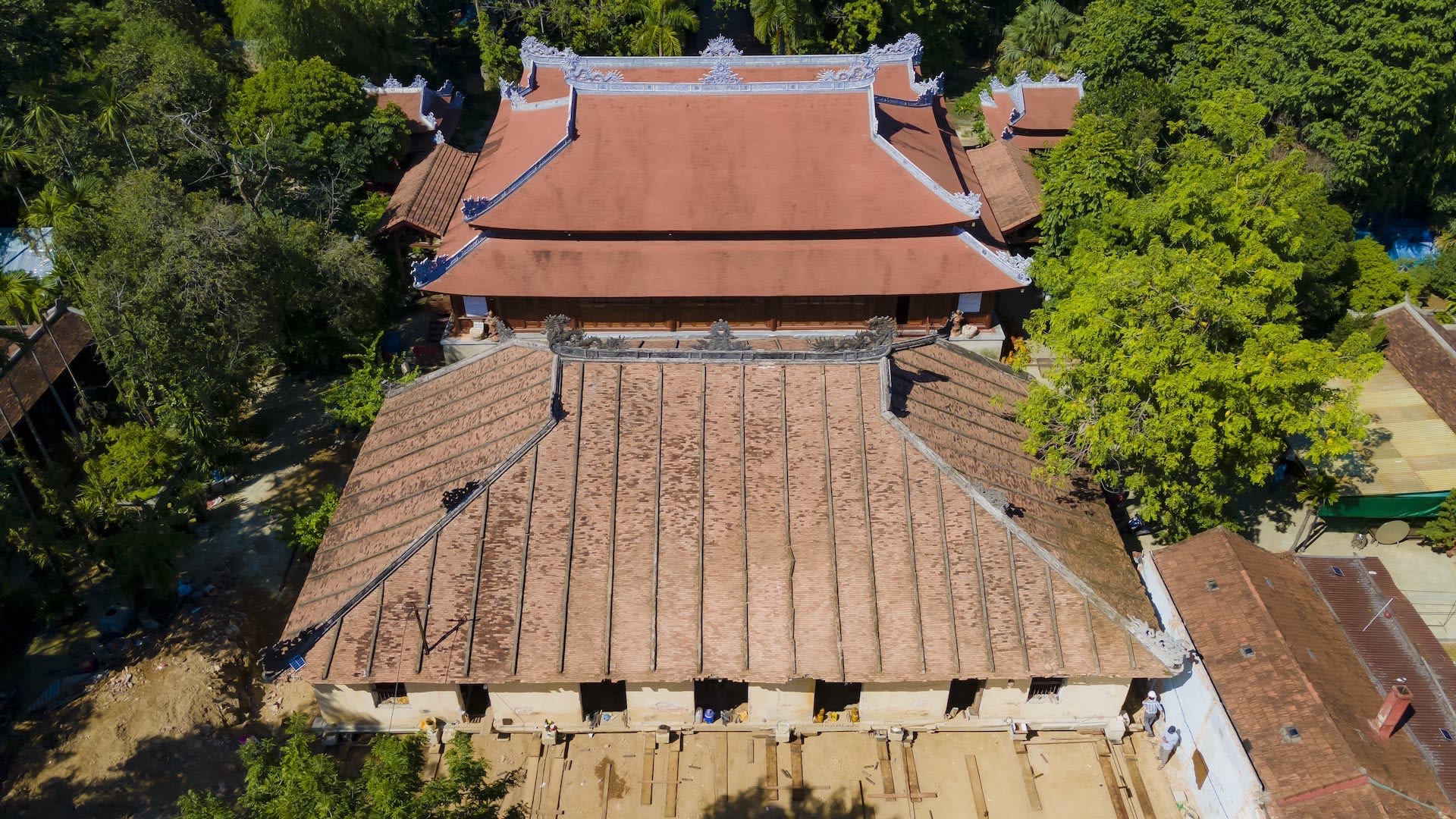
Restoring Hue relics - preserving the cultural soul through every roof tile and pillar.
Mr. Trung believes that Hue can completely become a modern, dynamic city but still retain its identity as a "heritage city" thanks to its special foundation: the only place in Vietnam with 8 world cultural heritages recognized by UNESCO, with an identity crystallized from history, art, humanistic knowledge and rare landscape ecology.
The city is building a model of “sustainable heritage urban”, integrating conservation, heritage economy, cultural industry, creative tourism and digital transformation; not only preserving existing values but also restoring lost heritage spaces with technology, developing experience centers, museums, community spaces and heritage education, creating an ecosystem connecting heritage, creativity, community, businesses and technology.
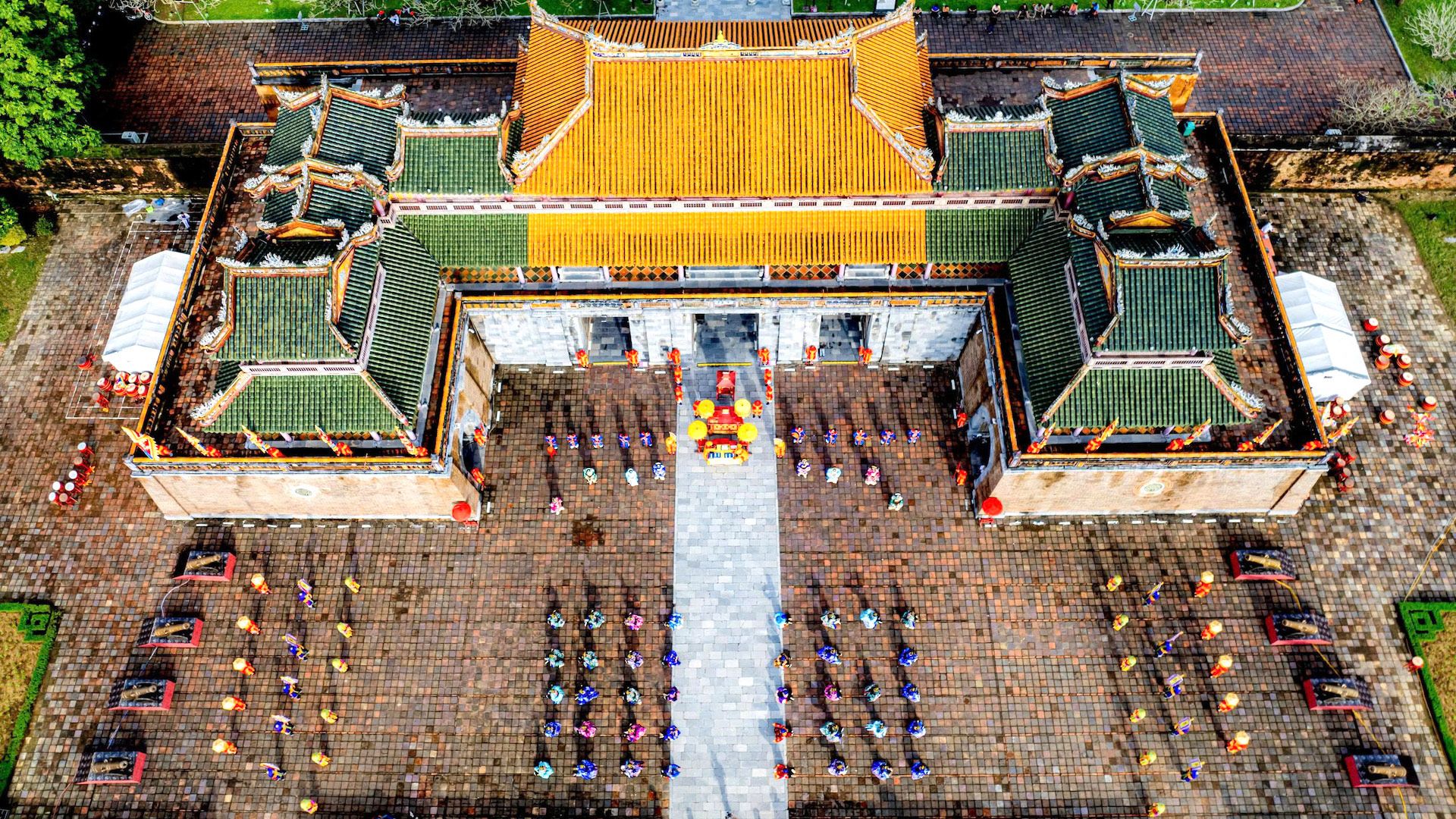
Reenacting the New Year's court ceremony at the Imperial City - Hue. Photo: LE HOANG
Mr. Trung hopes that Hue will "change so as not to lose itself", selectively modernize, maintain its cultural identity, ecology, landscape, be environmentally friendly and smart, to become a vibrant, sustainable and livable "heritage city".

If we know how to respect and innovate selectively, heritage will live on and spread for a long time. Hue can completely become more modern and dynamic but still maintain its identity.
Architect Hoang Viet Trung, Director of Hue Monuments Conservation Center
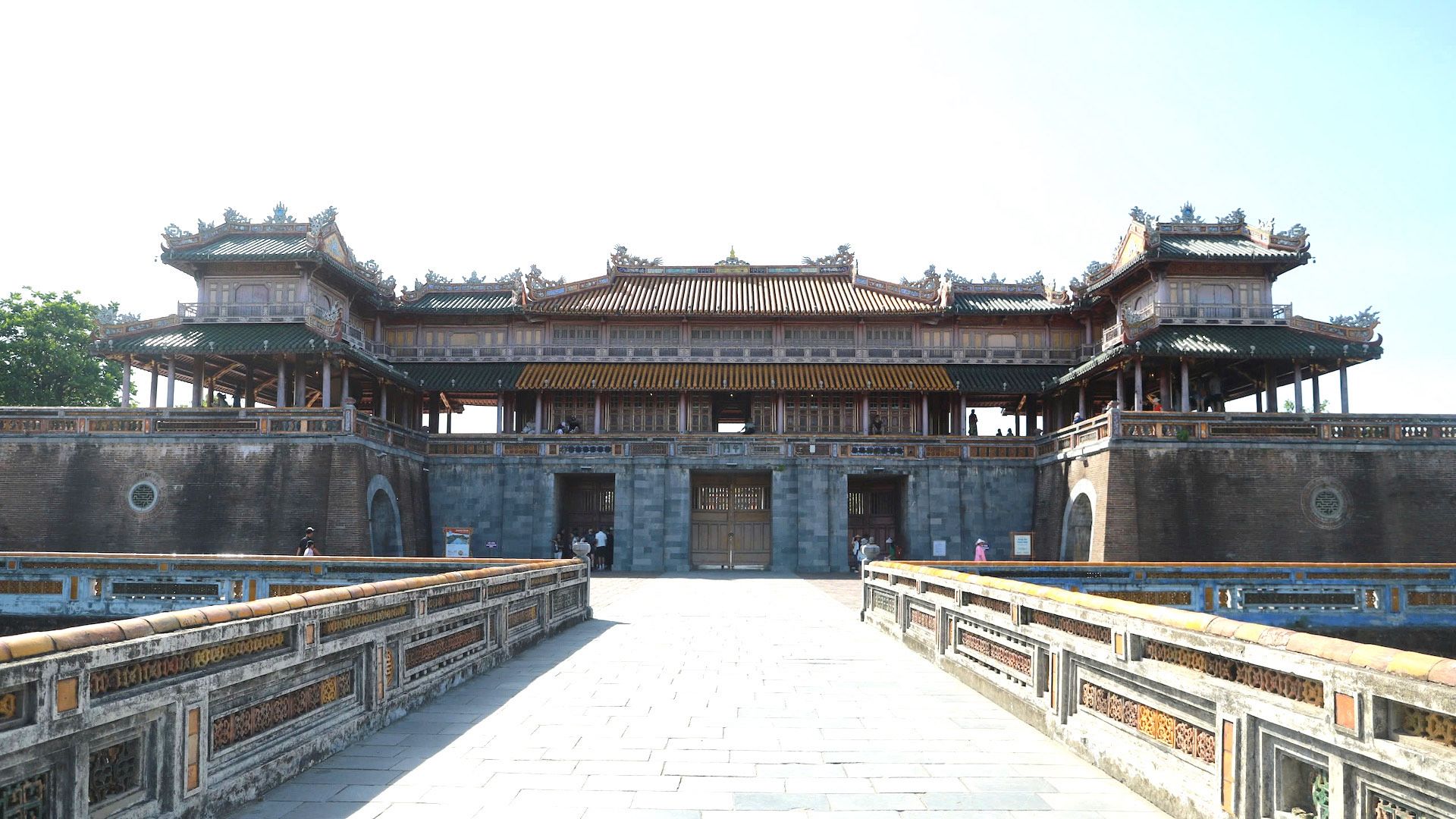
A moment of Hue's traditional culture and arts. Photo: LE HOANG
Source: https://special.nhandan.vn/Thanh_pho_Hue_hien_dai_de_giu_hon_di_san/index.html








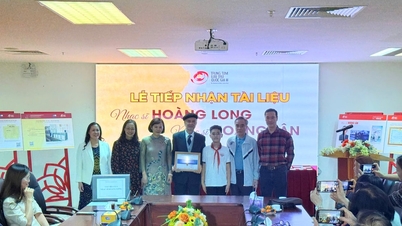

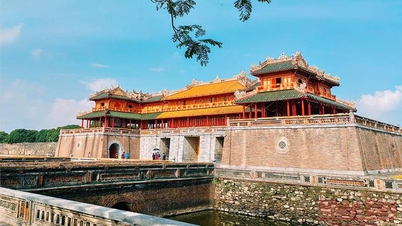

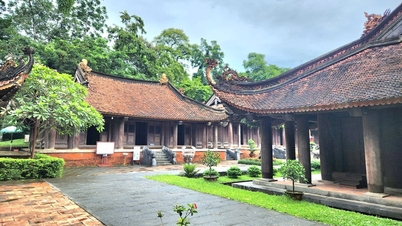

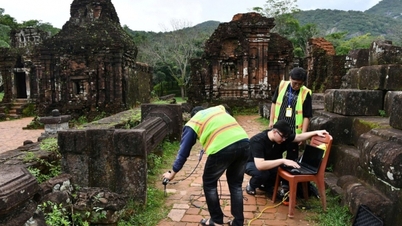

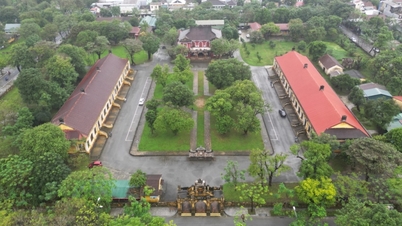

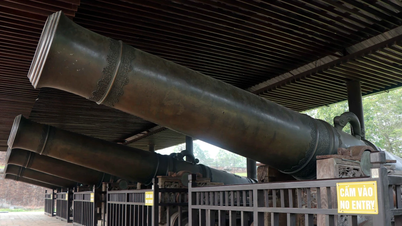



![[Video] The craft of making Dong Ho folk paintings has been inscribed by UNESCO on the List of Crafts in Need of Urgent Safeguarding.](https://vphoto.vietnam.vn/thumb/402x226/vietnam/resource/IMAGE/2025/12/10/1765350246533_tranh-dong-ho-734-jpg.webp)
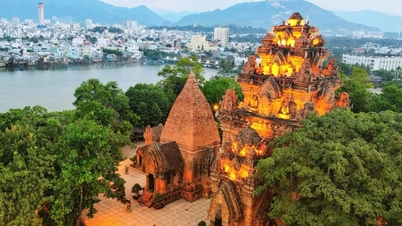



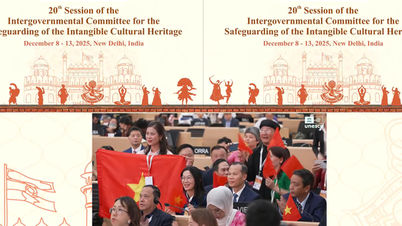






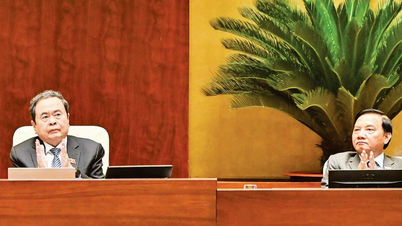
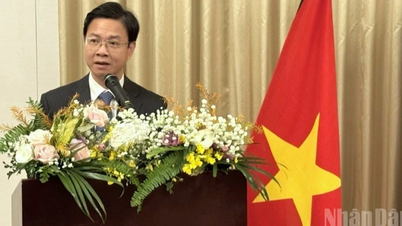
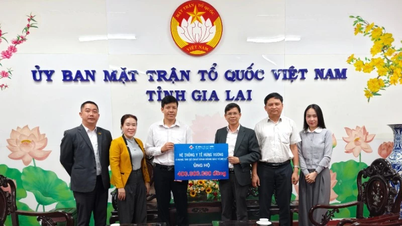
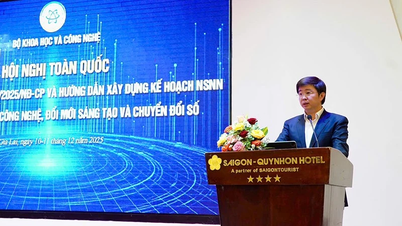
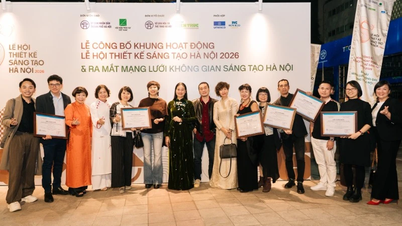
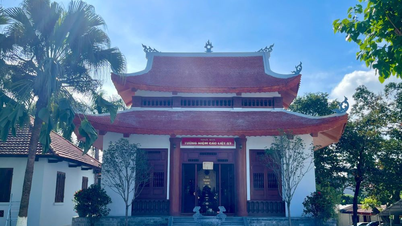



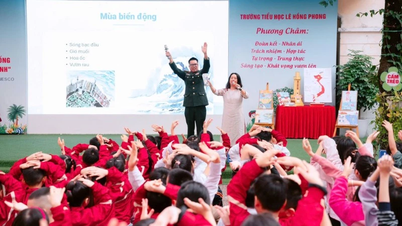




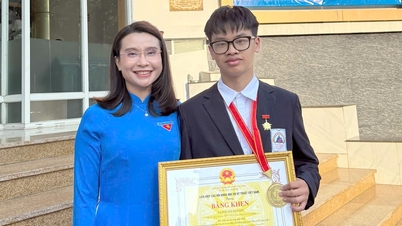

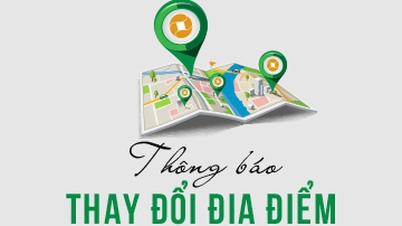




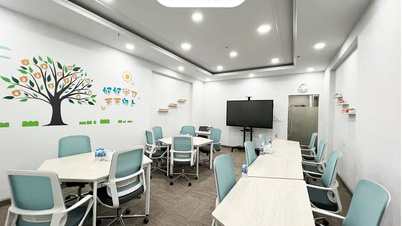










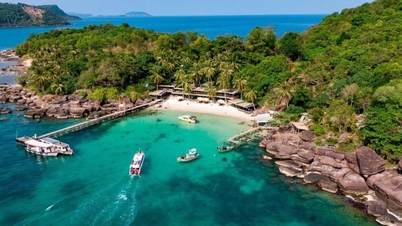


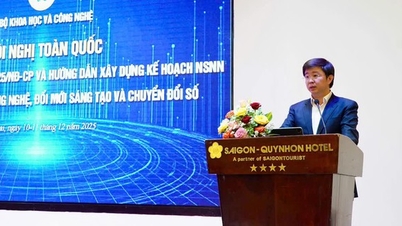


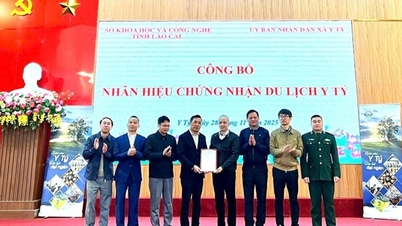
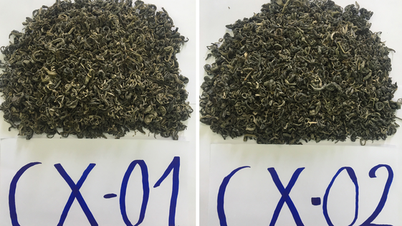

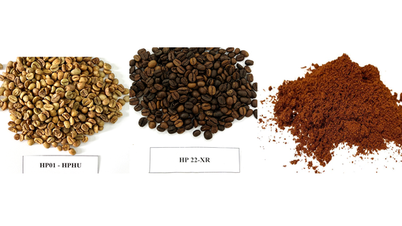
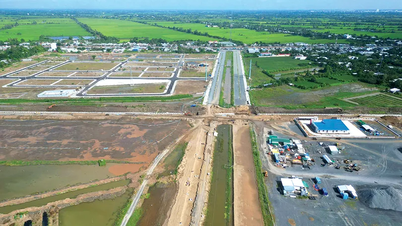



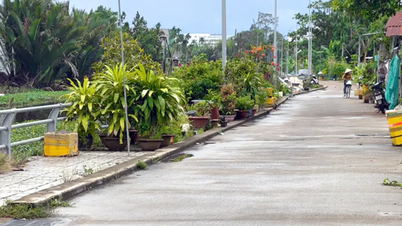
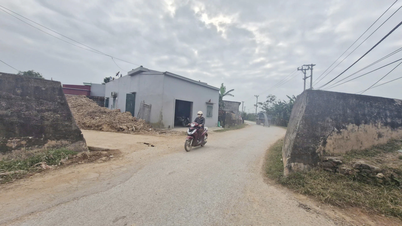

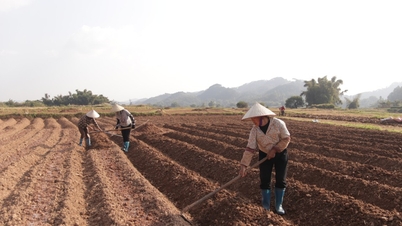

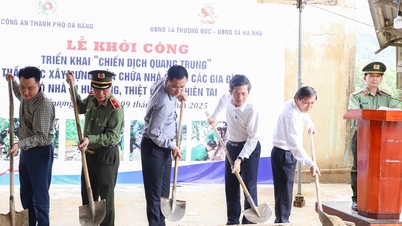


















Comment (0)